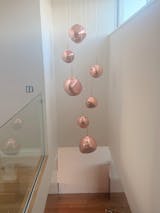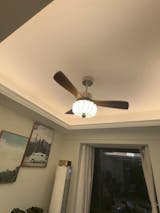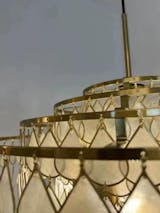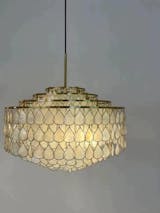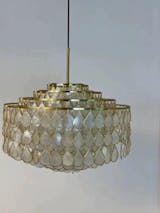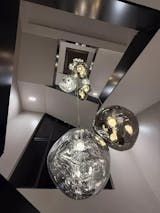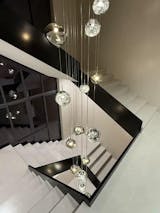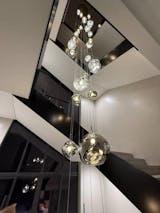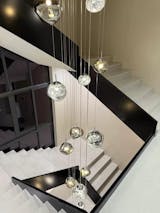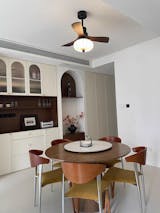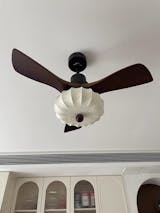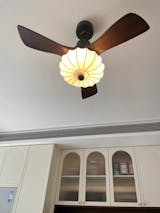Selecting the right size light fixture is essential to achieving both functional lighting and balanced aesthetics. A fixture that’s too small can feel underwhelming, while one that’s too large can overwhelm the space. Use the following guidelines and tips to find the perfect light fixture size for your room.
General Guidelines for Sizing Light Fixtures
1. Calculate the Diameter
Use this simple formula to determine the ideal diameter for your light fixture:
- Measure the room's length and width (in feet).
- Add the two measurements together.
- Convert the total to inches to determine the fixture’s recommended diameter.
Example: 18 feet (Room Length) + 12 feet (Room Width) = 30 feet; The chandelier should be about 30 inches for its diameter

2. How to determine the chandelier’s height
To find the ideal height for a fixture:
Measure the space’s floor to ceiling distance in feet, multiple by 2.5 will be the approximate height for the chandelier in inches. This rule mainly apply to pendant style chandelier while not necessarily apply to ceiling style chandelier.
Example: For example 10 feet (Room Height), 10*2.5 = 25 The chandelier should be about 25 inches for its height

3. How to determine the appropriate height for hanging a chandelier
If you are hanging the chandelier on an open floor, chandelier’s bottom should at least be 7.5 feet away from the floor.

If you are hanging the chandelier above a dining table or kitchen island, chandelier’s bottom should be 30 to 36 inches away from the tabletop.

Other rules and tips apply to different types of spaces.
Besides those general rules that apply to most spaces, there are other rules and tips for different areas, like what size chandelier should be used for the dining room and what about foyers?
Dining Room & Kitchen island
If you are hanging the chandelier above your dining table or kitchen island, you can also decide the size of the chandeliers based on the size of your dining table or kitchen island. We generally recommend that the length or diameter of the chandelier should be between 1/2 and 3/4 of the length of the dining table or kitchen island.
For example, let's say that you have a dining table with 60 inches in length. The chandelier should be between 30 (60 x 1/2) to 45 (60 x 3/4) inches in diameter or length (Same here 1/2 to 3/4 of the kitchen island length)

Two-Story Foyer with Staircase
Besides the general rule that the chandelier’s bottom should be at least 7 and a half feet away from the floor. For two stories, what you also need to consider is how will it look from the second floor. In general, staircase chandeliers will be a good choice for space. In term of placing, below are two commonly seen guidance:

- The general guideline is to use the second floor as a reference point. Hanging the chandelier slightly lower than or at the top of the staircase. This way, when you are at the top of the staircase, the top of the chandelier will be at your eye-level.
- On the other hand, many designers advocate for independent placement just to make the chandelier the focal point or placing the chandelier about another architectural features. For example. if there is a large transparent window above the door, it should be centered in the window for best visual result from outside.
Long Hallways
Chandelier size for hall ways should be determined by the width of the hallway. Multiple the hallway’s width in feet by 2.5 will be the diameter of the chandelier in inches.

For example, the hallway’s width is 8 feet. The chandelier’s diameter should be about 20 (8 x 2.5) inches
If you want to decorate with chandelier for your long hallways. We always recommend having them
- Centered in the middle of the hallway
- Spaced between 8 and 10 feet apart
- At least 7 and half feet clearance from floor to bottom of chandelier.








